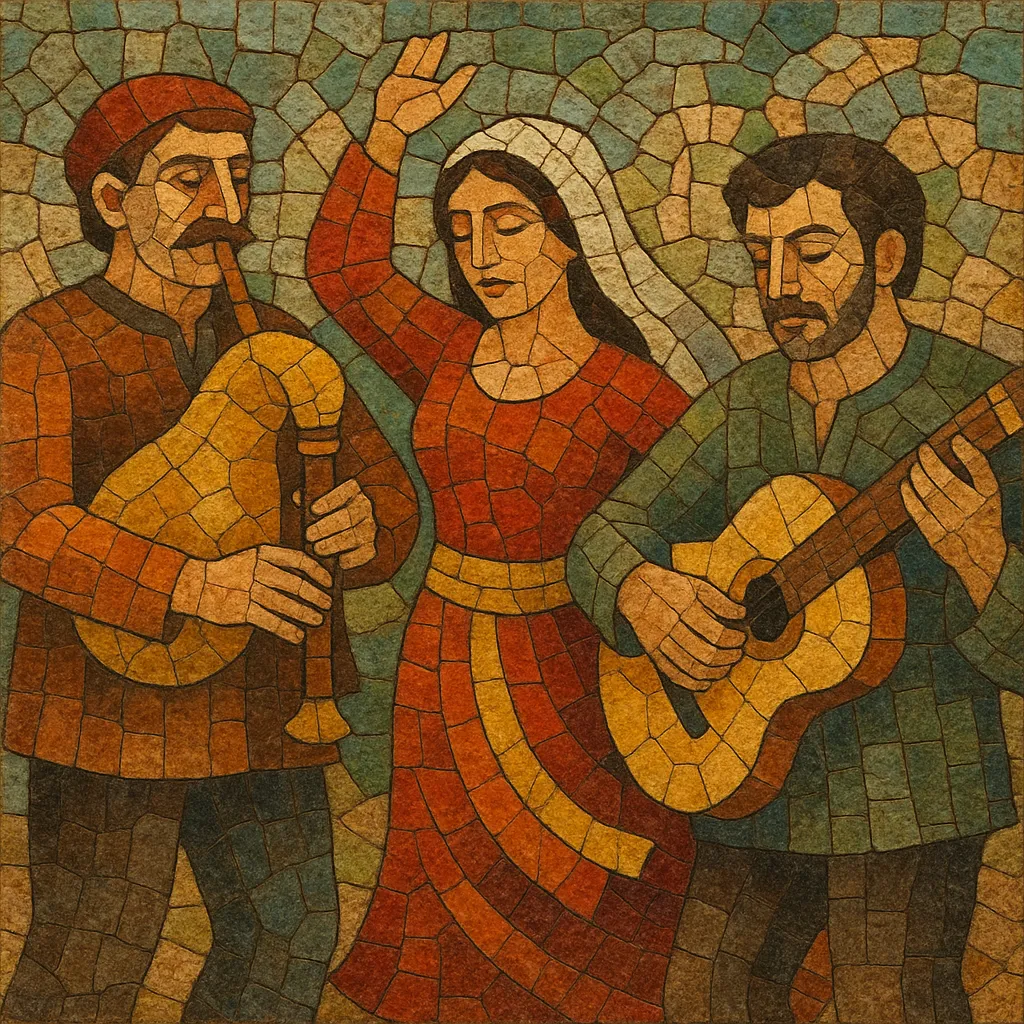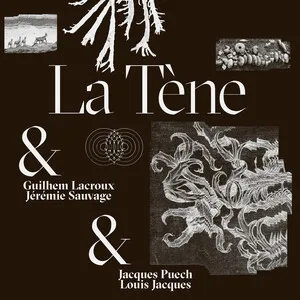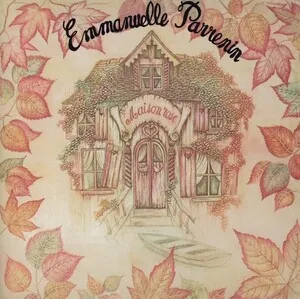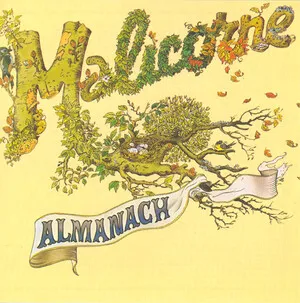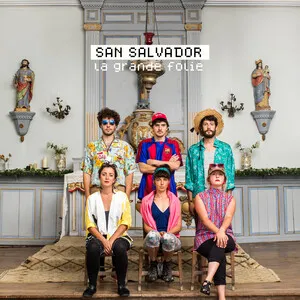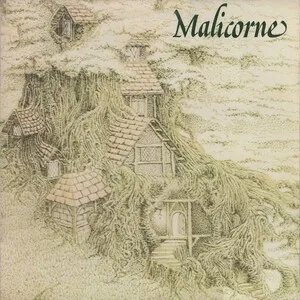Occitan folk music is the traditional music of Occitania, the Romance-language cultural area spanning southern France and adjacent valleys in Italy and Spain. It carries the legacy of medieval troubadour song (canso) while preserving village dance repertoires, regional instruments, and multipart vocal practices.
The style is marked by modal melodies (often Dorian and Mixolydian), sustained drones from bagpipes or hurdy-gurdy, and lively dance rhythms for farandole, bourrée, rondeau, branle, and the Béarn “sauts.” Songs are typically performed in the various dialects of Occitan (Languedocien, Provençal, Gascon, Limousin, Auvergnat), with lyrics that range from love and pastoral themes to contemporary social and linguistic identity. Modern revivals have blended these roots with folk-rock, polyphonic chant, and global influences while remaining dance-led and community-centered (balèti).
Occitan folk music traces its lineage to the troubadours of medieval Occitania, whose courtly lyric (canso) and narrative forms spread across Europe. While elite repertories flourished in castles, rural communities cultivated dance tunes and work songs, often accompanied by pipe-and-tabor and early bagpipes, laying foundations for regional dance traditions.
Through early modern times, village fêtes and calendrical rituals sustained local dances (farandole in Provence, bourrées in Auvergne/Quercy, rondeaux in Gascony, branles in Languedoc, and the “sauts” in Béarn). Instruments such as the galoubet-tambourin pair, cabrette, boha and bodega bagpipes, graile (shawm), hurdy-gurdy, fiddle, and later the diatonic accordion anchored community music-making.
Language centralization, urban migration, and changing entertainment habits eroded public transmission. Literary and cultural movements (e.g., Félibrige) helped preserve the language, but everyday musical practice diminished in many areas.
Parallel to broader European folk revivals, musicians and activists in southern France re-centered Occitan language and music. Singer-songwriters and dance bands re-collected tunes, built new repertoires, and championed balèti social dances. Artists such as Claudi Martí, Mans de Breish, Joan-Pau Verdier, Nadau, and Mont-Jòia connected traditional sound with contemporary concerns about cultural rights and identity.
A new generation expanded the palette: Lo Còr de la Plana revitalized male polyphony with percussive handclaps and frame drums; groups like La Talvera and Dupain fused hurdy-gurdy, bagpipes, and accordions with modern grooves; Lou Dalfin linked Italian Occitan valleys to folk-rock audiences. Festivals (e.g., Estivada in Rodez, Hestiv’Òc in Pau) and the wider néo-trad dance scene sustain transmission, education, and innovation.

